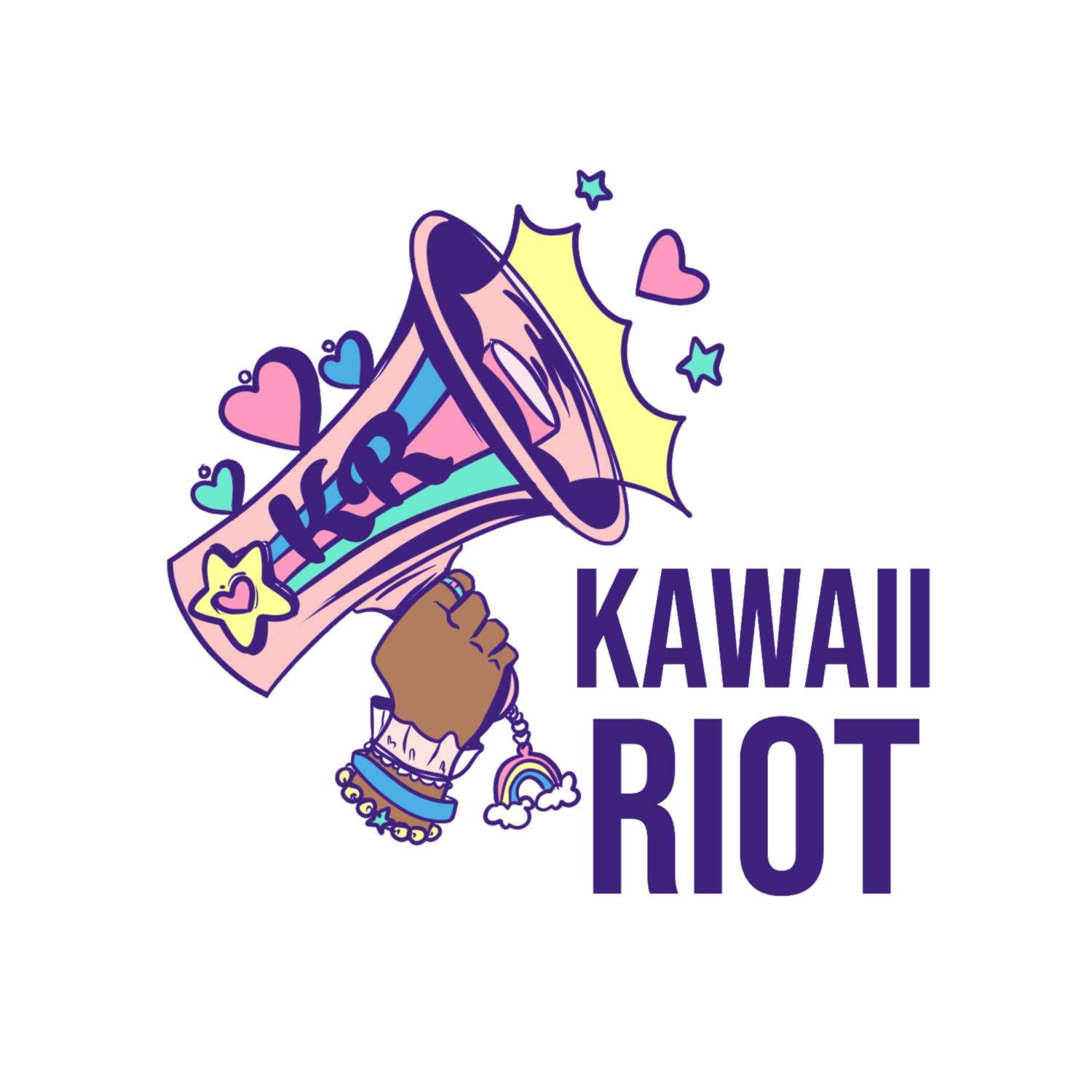Kawaii Riot 101: Inclusion
What does inclusion mean in relation to society? It sounds like a simple word. But inclusion isn’t just about including more people in society or a certain role. Throughout history and today, groups of people are unfairly treated by those in power. Inclusion is a crucial step to eliminating this.
Inclusion is the creation of opportunities for people who have been historically marginalized so that they can fully participate in society and their voices are heard. - Kawaii Riot Glossary
Let’s break down why inclusion is so important and see some examples of what it can look like in our communities.
Why Is Inclusion Important?
Marginalized communities are groups of people who are unfairly ignored by society, treated as lower status, or excluded from basic human rights.
Due to this widespread discrimination, marginalized groups of people are not given as many opportunities as other people are. This exclusion can take place in schools, workplaces, housing communities, sports, and mass media.
Inclusion goes a step further than just making sure underprivileged people are given opportunities. It ensures that they can fully participate in these opportunities like other people without worrying about negative consequences.
Inclusion has many benefits for our whole society as well:
Inclusion reduces social inequality.
It grows people’s wealth and economies.
It builds stronger, healthier communities.
People learn to be more empathetic.
Inclusion produces more meaningful social change.
It builds more peaceful societies.
It helps ensure a healthier environment.
It promotes sharing diverse ideas and more innovation.
Inclusion serves as a positive example for the next generation.
What Does Inclusion Look Like?
To be truly inclusive, organizations and communities must take extra efforts to make everyone feel like they belong and are heard. Here are some examples of what inclusion could look like in society and alternative fashion communities.
Respect
Everyone is treated with respect and without discrimination. It’s more than just representation. For example, including Black models in a fashion show isn’t inclusion if they are treated unfairly compared to other models in the show.
Safety
Marginalized groups of people are able to participate in everyday activities and special opportunities without worrying about their personal safety or health. This could look like making sure that meetups or conventions offer meal options for people with different dietary requirements.
Accessible
Places, opportunities, and events need to be accessible to people of various experiences, abilities, and bodies. The majority of alternative fashion brands need to offer more inclusive sizing. How can fashion communities call themselves inclusive when so many people are still being left out?
Fair Compensation
Workers receive compensation that is fair based on their experiences, workload, and the market rate. This is important because many marginalized groups of people, such as people with disabilities, are underpaid at their jobs. If there’s an activist you’ve learned a lot from, share their work with your social circle or support them with monthly donations if you’re able to.
Full Participation
Inclusion enables people to share their opinions and have a say in greater decisions. It promotes a “brave space”: a place where participants feel comfortable learning, sharing, and growing. Do some community members feel like they are being unfairly treated? That’s a sign for others to listen, validate their experience, and find a solution.
Dismantling Systems of Oppression
People are committed to inclusion and social change beyond their community. This can include actions such as supporting reputable non-profit organizations or voting for inclusive laws. It’s especially important for people in online communities to avoid being performative—supporting social causes only when they’re trending.
Conclusion
Inclusion is a lot of hard work. But that effort is proof that our actions and words are producing lasting, positive change. Do you have more ideas on how to make inclusion happen? We’d love to hear your inputs. You can also learn more about how alternative fashion communities can continue to grow:
Language Inclusivity in the Alternative Fashion Community: “Be proactive in using inclusive language by encouraging your community leaders to converse in ways that accept, include, and enact no harm to others.”
Colorism in J-Fashion: “It’s time to stop perpetuating the idea that POC groups need to be confined to certain interests that traditionally fit us.”
Works Cited
Carter, B. (2015, June). Benefits to society of an inclusive societies approach. GSDRC. https://gsdrc.org/publications/benefits-to-society-of-an-inclusive-societies-approach/.
Jadedisland. (2020, September 2). Kawaii Riot 101: Performative Activism. Kawaii Riot. https://www.kawaiiriot.org/kr101/performative-activism.
Jaglom, W. (2019, October 22). How Can Climate Action Be Inclusive? Global Climate Change. https://www.climatelinks.org/blog/how-can-climate-action-be-inclusive.
Selyukh, A. (2020, September 17). Workers With Disabilities Can Earn Just $3.34 An Hour. Agency Says Law Needs Change. NPR. https://www.npr.org/2020/09/17/912840482/u-s-agency-urges-end-to-below-minimum-wage-for-workers-with-disabilities.


